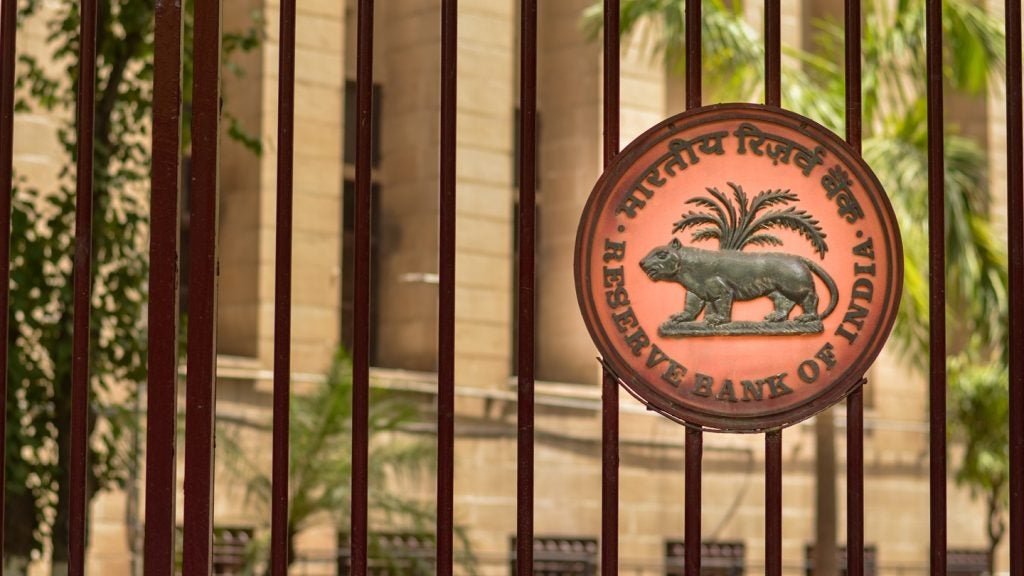In Australia, peer-to-peer (P2P) or marketplace lending has never taken off the way it did in other markets like the UK or the US. Outside of the SME lending arena there has been little uptake among consumers – but that is changing. A rare confluence of events is now providing P2P lending with an ideal opportunity to establish itself.
One of the more enduring results of the global financial crisis in 2008 was the rise of P2P investing and lending.
Major brands such as Funding Circle and the LendingClub are now listed companies, with established markets in Europe and North America and widespread uptake from investors (both institutional and retail) and borrowers. Now, P2P lending and investing in Australia is set to kick off.
The P2P finance platforms used the balance sheet weakness of the incumbent banks, the unrelenting negative headlines of the crisis that undermined the brands of traditional finance, and the rock-bottom interest rates used to shore up the economy to fuel an expansion that gave some of them the volume to be sustainable.
It is no coincidence that the hardest hit economies in the actual financial crisis – the UK and the US – saw the largest rises in P2P lending.
P2P lending and investing in Australia
Other Western economies such as Australia and New Zealand never quite saw the same conditions and so never saw a similar rise. Sure there was some severe disruption to the financial markets and even some hastily arranged mergers to shore up a few banks, but the other key ingredients of severe brand damage and ultra-low deposit rates never appeared.

US Tariffs are shifting - will you react or anticipate?
Don’t let policy changes catch you off guard. Stay proactive with real-time data and expert analysis.
By GlobalDataLending did dip but quickly recovered, as Aussie and Kiwi banks suffered little of the carnage seen in Europe or the US. As such, investors could still earn a decent return from safe term deposits, and borrowers could access the finance they wanted from the traditional lenders. Only in key niches such as SME lending did P2P take off.
More chances available
Times are changing though for P2P lending and investing in Australia. The negative publicity from the Royal Banking Commission, the higher rates and lower appetite for lending among the big banks – driven by APRA’s macro-prudential tightening – as well as the RBA’s rock-bottom policy rate are recreating the conditions for a market opening.
For investors there is little competition from term deposits, with average deposit rates at 2.2% in July 2018 (compared to 8.5% in July 2008), and so there is more incentive to lend via platforms such as SocietyOne and RateSetter.
For borrowers, the rates on offer at the P2P lenders are increasingly attractive relative to traditional banks as well. The negative headlines have prompted many Australians to consider alternative brands. This is noticeable in the oversubscription for neobanks like Xinja which aim to offer consumers something different.
It is little surprise then that SocietyOne, which lent A$500m in personal and agricultural loans over the six years since its debut in August 2012, expects to reach A$1bn in loans by the end of 2019. The market conditions are in place for P2P lenders and other new financial providers like neobanks. And these conditions should persist until well after the Banking Commission’s final report in February 2019, with the next six months being the most crucial.








